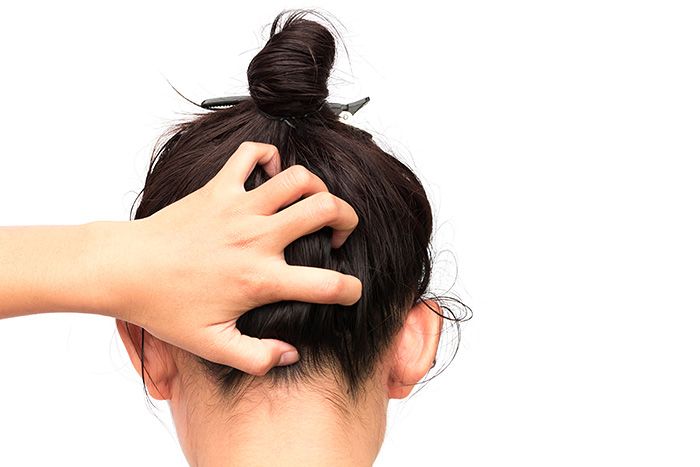Dandruff and hair loss are two of the most common scalp concerns among adults in Singapore. While they can be frustrating, most cases can be improved with the right habits, products and early care. Here’s a simple guide to help you understand what causes these conditions and how to manage them at home.
Common causes of dandruff
Dandruff happens when the scalp sheds skin cells faster than usual. This leads to visible flakes, itch and sometimes redness. Dandruff can affect anyone, but is more common in young adults, males and those with oilier scalps. These factors make you more prone to dandruff:
- Oily scalp: Excess sebum can irritate the scalp and cause faster skin shedding.
- Weather changes: Hot, humid or dry conditions can affect the scalp’s balance.
- Stress: Stress may trigger flare-ups or make symptoms worse.
- Microorganisms on the scalp: Certain yeasts naturally present on the skin can contribute to flaking.
- Certain skin conditions: Eczema, psoriasis and seborrhoeic dermatitis often cause persistent dandruff.
4 ways to manage dandruff at home
#1 Use an anti-dandruff shampoo
Shampoo daily or as advised. Leave the anti-dandruff shampoo on for at least 5 minutes before rinsing for the best effect.
#2 Shampoo more often
Regular washing helps reduce the build-up of skin cells. You should shampoo often – especially if your scalp is oily.
#3 Reduce styling products
Wax, gels and sprays can make the scalp oilier and worsen flakes.
#4 Manage stress levels
Work on relaxation techniques like deep breathing, light exercise or going for slow walks.
Common causes of hair loss
Hair loss affects both men and women, and tends to increase with age. It is normal to shed between 50 to 150 strands a day. But hair loss becomes a concern if you notice even more hair dropping, or if your hair grows back thinner over time.
Here are some causes of hair loss:
- Androgenetic alopecia: A common hereditary condition where follicles shrink over time due to hormones.
- Hormonal changes: Menopause, postpartum changes or thyroid issues can trigger thinning of hair.
- Tight hairstyles: Constant pulling on the hair can strain follicles.
- Medications: Some acne, cholesterol, blood thinning and cancer treatments may cause hair loss.
- Chronic or nutritional conditions: Autoimmune disorders, iron deficiency and eating disorders can affect hair growth.
5 ways to manage hair loss
#1 Use scalp-friendly products
Avoid oily or heavy products that clog hair follicles.
#2 Be gentle with your hair
Reduce tight hairstyles and limit heat styling from hairdryers or irons.
#3 Take supplements
Nutrients like iron or biotin may help with hair loss caused by deficiencies.
#4 Try topical treatments
Over-the-counter products such as sprays or lotions may help slow thinning in suitable individuals.
Seek medical advice about your scalp condition if you notice:
- Sudden or patchy hair loss
- Loss of eyebrows or eyelashes
- Scalp redness, pain, scaling or infection
- Hair loss after stopping oral contraceptives
- Complete baldness or hair loss on the entire body
Early diagnosis helps ensure the right treatment and prevents further hair loss.
From choosing the right shampoo to managing stress and caring for your scalp gently, having a consistent routine makes a real difference to long-term hair and scalp health.
Explore the range of hair loss and dandruff products available at FairPrice Online. Or visit the nearest Unity outlet with pharmacist services to speak with a pharmacist on what works best for your scalp type and lifestyle.
It’s never too early, or too late, to start improving your scalp health through simple, sustainable habits. Start today and support healthier hair from the roots up!




